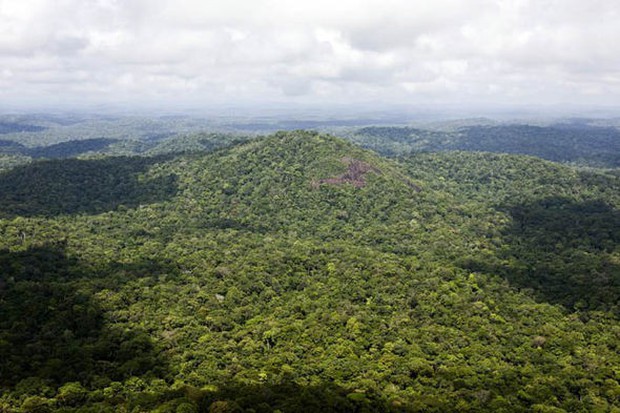These are the scenarios drawn by hypothetical systems on a computer, and they aren’t as scary as you might think.
During the 4 billion years of its life, the Earth has always turned in the same direction. What would happen if things turned around?
The answer is: Deserts will cover North America, dust will replace trees in the Amazon jungle, and vegetation on African territory will move to new places in the Middle East.
This is a scenario drawn by a hypothetical computer model presented to the European Union Geological Conference in Austria.
Still in this hypothetical model, interminably long winters will invade Western Europe.
The Atlantic Meridional Overturning Circulation (AMOC), one of the most important currents flowing in the Atlantic, will disappear and reappear in the North Pacific. Vegetation and deserts will have a lot of disturbance in terms of geographic location.
During its lifetime, the Earth did not stop rotating every 24 hours, at 1670 km / h, from west to east. As the Earth rotates, the torque it creates creates ocean currents and, along with the direction the atmosphere moves, creates a distribution of different climate models across the world.
With this complete reversal, the geological elements remain the same. These are the shapes, sizes and locations of continents and oceans, but the weather and climate factors will be completely different.
Overall, this model shows a very surprising result that the Earth will become… greener.
The area of deserts covering the entire Earth will be reduced from 42 million square kilometers to just 31 million square kilometers. Vegetation will cover more than half of the current deserts, while tall trees will be located in the rest.
However, deserts will move to new places: the southwestern United States, southern Brazil and Argentina, and northern China.
Reversing the Earth’s axis of rotation will also reverse wind systems around Earth, causing temperature changes in the subtropics and middle regions. The western continents will get cooler, while the eastern lands will become warmer and, as a result, the winters will become longer and colder than in northwestern Europe.
Ocean currents will change the direction of motion, usually a reversal of the motion of AMOC currents, one of the important ocean currents in the Atlantic.
However, according to scientists, the most important change remains the expansion of greenery, especially the complete disappearance of the Sahara Desert.
According to them, this hypothetical phenomenon will probably provide them with important clues to help them discover the origin of the formation and the expansion of this desert, then to find a solution in one day when they can really “green” this desert.




